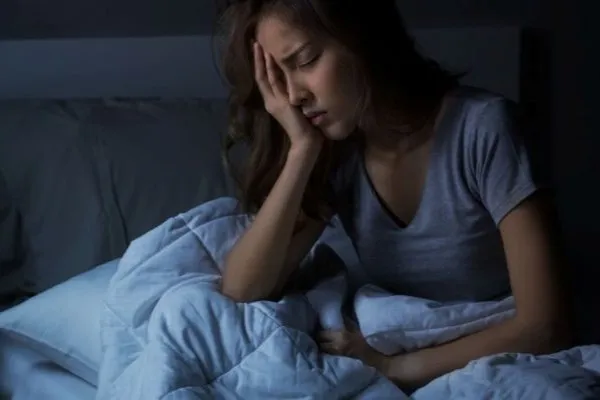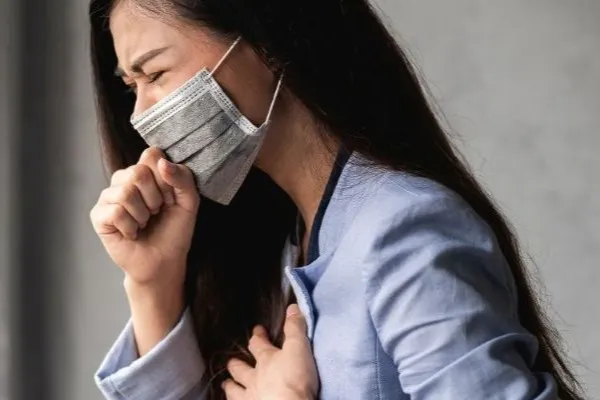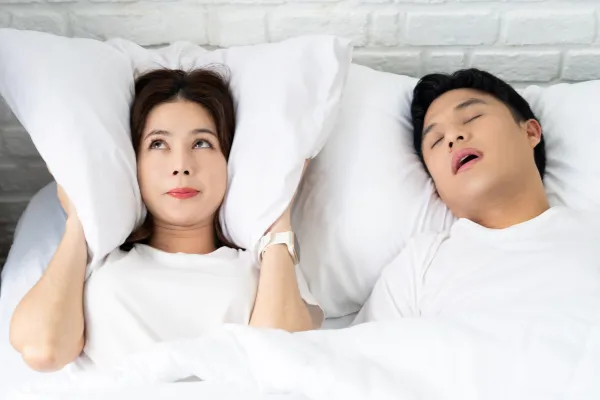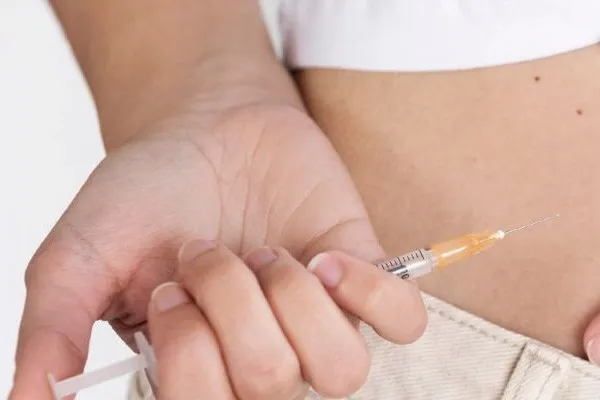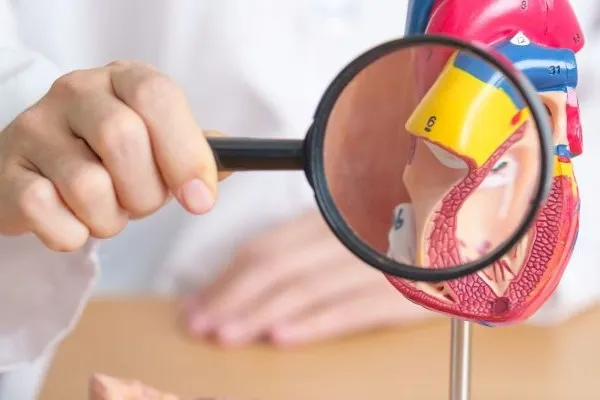Topics
Menopause is a normal phase when the ovaries produce less oestrogen, causing symptoms like hot flushes, night sweats, vaginal dryness and mood swings (Peacock & Ketvertis, 2023). Many women find that hormone replacement therapy (HRT) can relieve these symptoms by replacing the declining hormone levels. HRT can also help protect bone strength and improve quality of life. There are two main HRT approaches: one that uses oestrogen alone, and one that combines oestrogen with a progestogen.
Oestrogen‐only HRT
Oestrogen-only HRT is usually prescribed to women who have had a hysterectomy, as they do not require progestogen. It relieves menopausal symptoms like hot flushes, night sweats, and vaginal dryness. Available as tablets, skin patches, gels, sprays, or vaginal creams/rings, it replaces the oestrogen the ovaries no longer produce. Typically taken daily, often continuously, it provides rapid symptom relief and bone health benefits but requires a doctor’s supervision.Combined HRT (Oestrogen + Progestogen)
Combined HRT includes both oestrogen and progestogen, prescribed to women with a uterus to protect the womb lining from cancer risks linked to oestrogen alone. It manages menopausal symptoms (e.g., hot flushes) and supports bone health (Harper-Harrison et al., 2023). Available as a single product or separate oestrogen/progestogen treatments (tablets, patches, or intrauterine systems), it is taken cyclically (with monthly breaks) during perimenopause or continuously post-menopause, as advised by a doctor.
How HRT Helps Menopause Symptoms
Both types of HRT relieve the underlying cause of menopausal symptoms by replacing hormones that have dropped to low levels after the ovaries stop working. For example:
- Hot flushes and sweats – Oestrogen therapy can greatly reduce the frequency and severity of hot flushes and night sweats.
- Vaginal dryness and discomfort – Oestrogen helps maintain the health of the vaginal tissues. HRT can reduce dryness, itching, and discomfort during sex.
- Mood and well-being – Many women report better mood, sleep, and concentration when their hormone levels are balanced.
Overall, when prescribed appropriately, HRT allows women to manage menopausal symptoms effectively.
Safety and Follow-up
Research highlights that benefits often outweigh risks for symptomatic menopausal women when using minimal doses and regular checks (e.g., transdermal patches reduce clot risks) Mehta et al., 2021). Follow-ups assess whether to continue HRT, ideally stopping once symptoms ease. Guidelines recommend annual reassessments, as stopping may trigger symptom recurrence.
HRT carries potential risks (e.g., slight increases in breast/ovarian cancer, blood clots, or stroke, especially with oral oestrogen) and requires the lowest effective dose for the shortest duration. Regular monitoring—including 3–6-month reviews, breast/pelvic exams, and age-appropriate mammograms—ensures safety. Combined HRT slightly elevates breast cancer risk, while oestrogen-only therapy also poses minimal risks. Women with breast cancer history, liver disease, or unexplained bleeding are typically advised against HRT.
Frequently Asked Questions
1. What is HRT, and why is it used?
Hormone Replacement Therapy (HRT) is a treatment that replaces hormones, mainly oestrogen and sometimes progestogen, that the body stops producing after menopause. It helps relieve symptoms like hot flushes, night sweats, mood changes, and vaginal dryness.
2. What are the two main types of HRT?
Oestrogen-only HRT – Used for women who have had a hysterectomy.
Combined HRT (oestrogen + progestogen) – Used for women who still have a uterus, to protect the womb lining from cancer.
3. Is HRT safe?
For many women, especially those under 60 or within 10 years of menopause, HRT is safe and effective when used appropriately. Like any treatment, it has risks, such as a slight increase in the risk of blood clots and breast cancer, but these are often outweighed by the benefits.
4. Can HRT cause weight gain?
HRT is not directly linked to weight gain, but hormonal changes during menopause can affect weight. A healthy diet and regular exercise are key to maintaining your weight.
5. How long can I take HRT?
There is no fixed time limit. Many women use it for a few years to manage symptoms, while others may stay on it longer under medical supervision.
Book an Appointment at Gleneagles Hospitals
Managing menopause does not have to be overwhelming. If you are experiencing symptoms like hot flushes, mood swings, or sleep disturbances, know that support is available. Hormone Replacement Therapy (HRT) may be a safe and effective option to help you feel more like yourself again.
If you have questions about menopause or HRT, our team of healthcare professionals is here to help. You can book an appointment at your nearest Gleneagles Hospitals and receive personalised advice based on your health needs. You may also book an appointment via our website or download the MyHealth360 application from the Google Play Store or Apple App Store.



.webp?sfvrsn=7e8e7afb_9)
